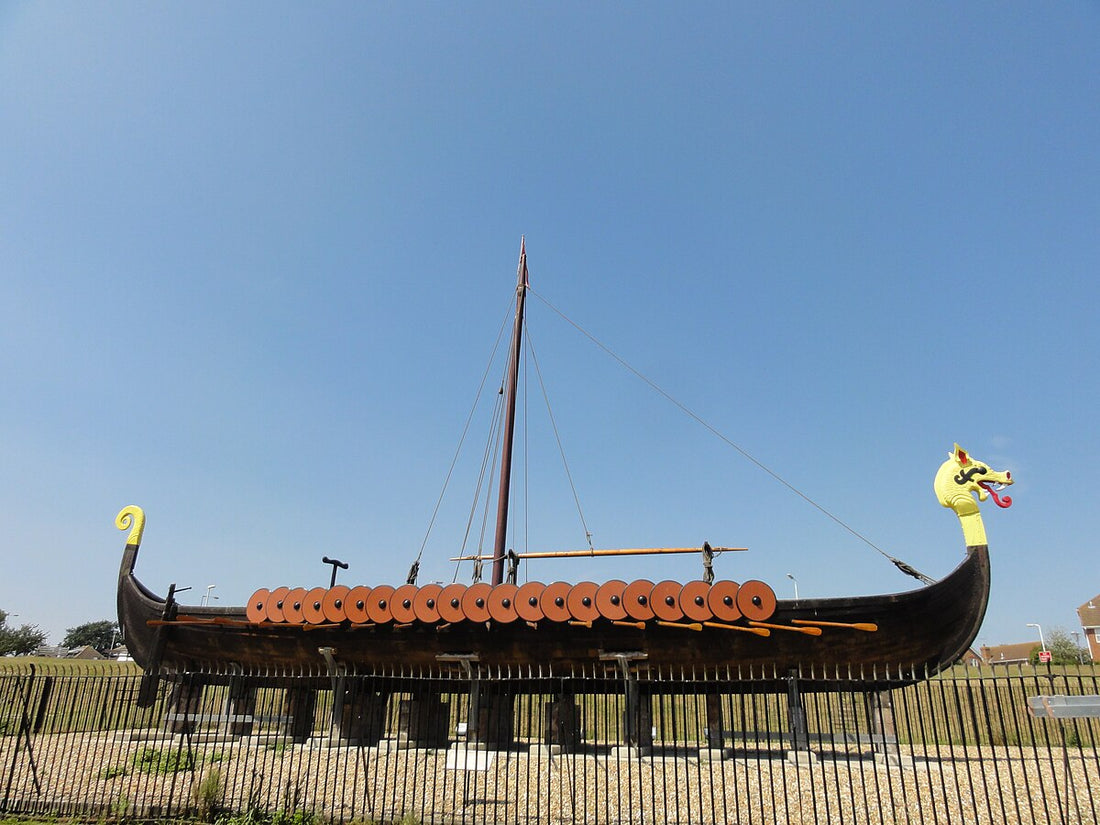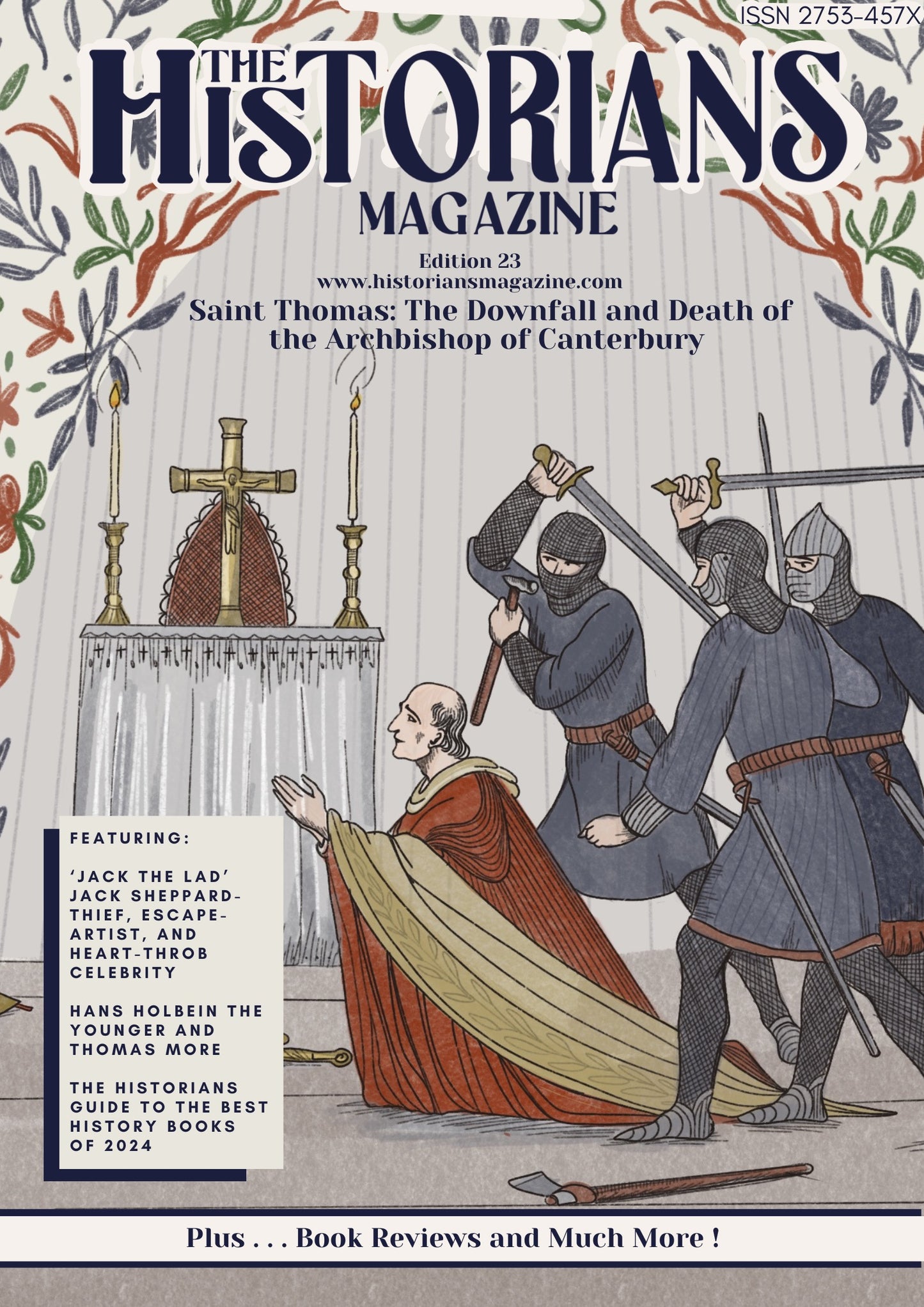
Here come the Vikings! Vikings explained for kids
Share
Who were the Vikings?
Vikings were warriors and traders who came from Northern Europe, which is why they were called Norsemen, like Northmen! They lived in Scandinavia, which now contains places like Denmark, Sweden and Norway.
They're now called the Vikings, because the Old Norse word víkingr means ‘pirate’ or ‘raider’. They sailed the seas attacking other countries and taking their treasure from around the year 700 until 1000, this is also called raiding. Tracking the position of the sun and stars to sail across the seas in their longships was very important, but sometimes they would release a crow from the ship and follow it as it flew to land.
They worshipped many gods, like the other tribes living in Britain before them, but most Viking gods were fierce warriors. Odin was the chief of the gods, ruling over warrior heaven, Valhalla, a place you could only reach if you died bravely in battle. They also worshipped other gods like Thor, god of thunder or Loki, the trickster.
We know about their mythology and history thanks to writings called the ‘sagas.’ They were written after the Vikings between 1100 and 1200, but they're still a great way of learning about the Vikings from people who lived closer to the time. Thanks to them we know the Vikings enjoyed dancing, music and poetry.
When they weren’t raiding other countries, Vikings were farmers, belonging to clans (something you might know as tribes) ruled by chiefs. They buried their chiefs with any supplies they might need to get into Valhalla, like weapons, tools or even a boat. Whilst the men were away being pirates, women were left to be the farmers and housekeepers, they could become quite wealthy landowners and sometimes even warriors. Oh, and you children wouldn’t be in school, you would be helping with the cooking, weaving, woodwork or metal work!
Where did they raid and why?
The Vikings invaded Britain a few times, so here's a quick summary:
789 Vikings land in Wessex and kill the kings important men
793 Vikings destroyed the church on the island of Lindisfarne, which was a very important Christian church.
795 Vikings attacked Ireland and found Kingdoms in Dublin, Limerick and Waterford. They also attack Scotland, and surrounding areas like the Isle of Iona.
865 The Danes (a Viking group from Denmark) conquer some English Kingdoms.
866 The Vikings take over York
871 King Alfred of Wessex destroys the Vikings and has peace for a while
954 The English fight away the Danes
1014 Ireland defeats the Vikings in the Battle of Clontarf
1016 The Danes have returned, King Cnut rules England
1042 England finally defeated Danish rule
1066 The Normans conquered England, descendants of Vikings who settled in France. The name Norman means Northman.
They also raided other places, not just Britain, like Russia or countries around the Baltic sea. They raided to steal gold from monasteries, or anything they wanted to sell, and would take people as slaves, but after they raided, they wouldn’t leave, as they would wait for calmer summer weather. Instead, they would settle on the land, become farmers and build homes, and a lot of Scottish Islands still have the names the Vikings gave them, like Lerwick and Dingwall. There are loads of places in the north and east of England with Viking place names.
Image Cliffsend, Viking Longboat 'Hugin' sourced from Wikimedia commons.
Written by Katie Arnold.


